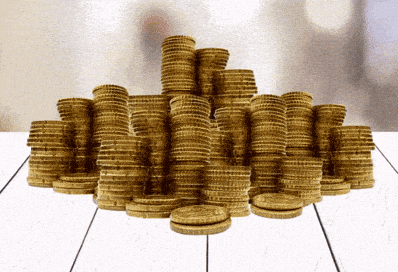- Money muse for her
- Posts
- Weathering Life's Storms
Weathering Life's Storms
Your Guide to Building an Emergency Fund
🌧️ Weathering Life's Storms: Your Guide to Building an Emergency Fund 🌧️

Save Money
Hey there, savvy savers!
Let's chat about a topic that might not sound as exciting as planning your dream vacation or scoring the latest tech gadget, but trust me, it's just as important (if not more!): Emergency Funds!
So, why are emergency funds like the unsung heroes of financial planning? Picture this: life throws you a curveball - a sudden medical expense, unexpected job loss, or a family emergency. Without a safety net, these curveballs can quickly turn into financial nightmares. But fear not! That's where your trusty emergency fund swoops in to save the day. By stashing away some cash for a rainy day, you're giving yourself peace of mind and protection against life's uncertainties.
Now, let's break it down. What exactly should you include in your emergency fund? We're talking about the bare necessities here - your monthly fixed expenses like rent, groceries, utilities, and transportation. No frills, no extras. Just the essentials to keep you afloat during tough times.
But how do you build this financial fortress, you ask? Here's the game plan:
Step 1: Allocate Your Funds
We're going for the gold medal here - aim to save at least 6 to ideally 12 months' worth of your basic expenses. It might sound daunting, but trust me, you've got this!
Step 2: Divide and Conquer (70:20:10)
Break down your emergency fund into three parts:
🔒 70% - Fixed Deposit: Think of this as your rock-solid foundation. While it might not earn you big bucks in interest, a fixed deposit ensures your money stays safe and sound. Just make sure to check for any sneaky penalties or hidden charges before signing up!
💰 20% - Savings Account: This is your quick-access cash reserve. Keep it in your savings account, ready to withdraw at a moment's notice when life throws you a curveball.
💸 10% - Cash Stash: Ah, the good ol' cash under the mattress (or wherever you fancy). Having some cold hard cash on hand provides an extra layer of security for those "just in case" moments.
Step 3: Crunch the Numbers
Let's put it into perspective. Say your monthly expenses total $1000. To reach that golden 12-month emergency fund target of $12,000, you'd stash $8,400 in a fixed deposit, keep $2,400 in your savings account, and tuck away $1,200 as cash at home. Voilà!
I understand that saving up such a substantial amount can feel like a Herculean task for some, but remember, building your safety net is just as crucial as putting a roof over your head. Every small step counts, so don't be discouraged - you've got this 💪

You got this
